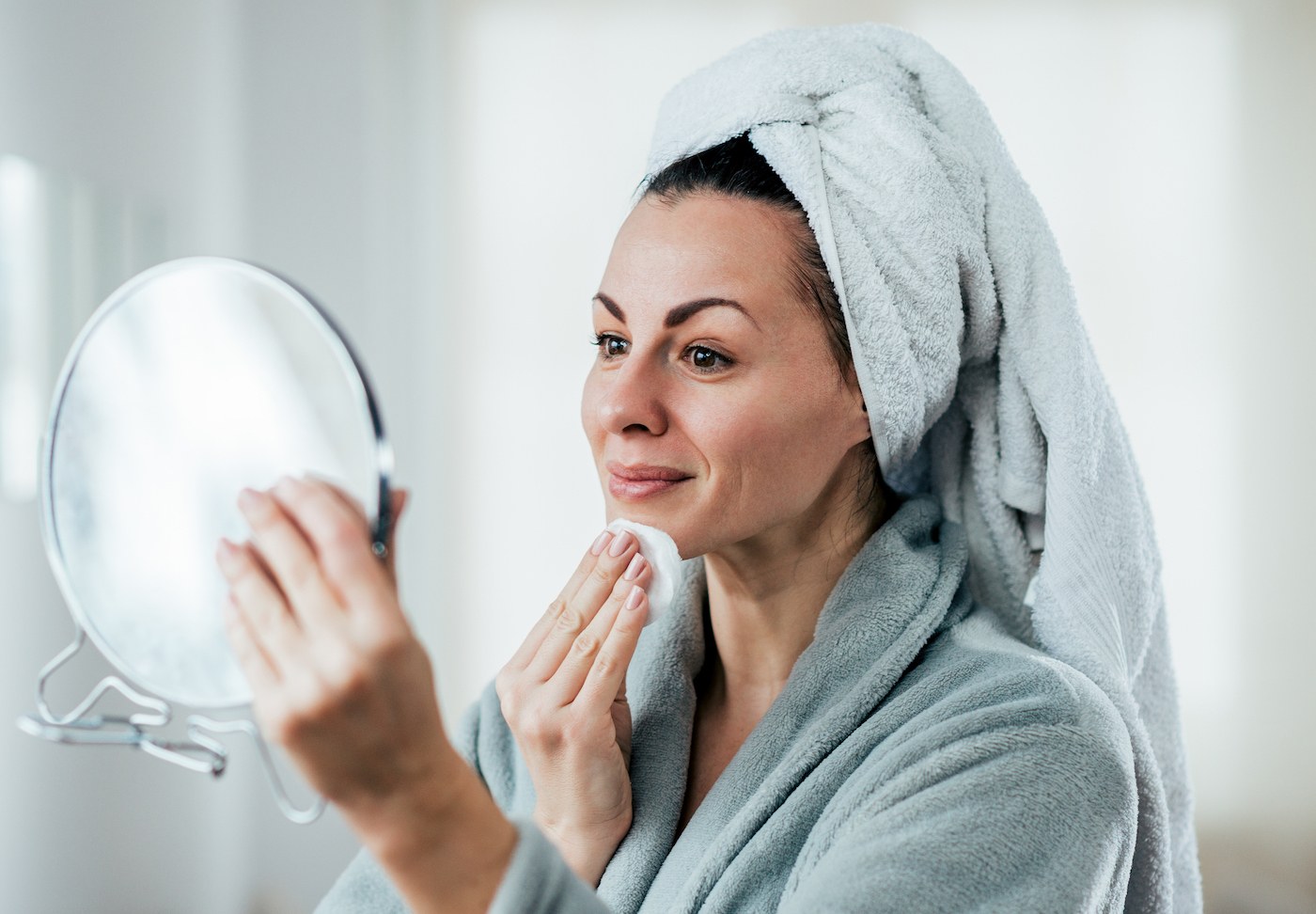
September 18, 2019 at 05:23PM by CWC
My boyfriend and I have our our sleep setup worked out perfectly, except we disagree on the answer to a key question: How many pillows should you sleep with? I have one pillow, and he has five. On face value, this perhaps seems like an unfair distribution of head support, but I prefer using just one, and he prefers being extra. And, hey, to each their own…unless you’re a chiropractor, that is.
“[Your pillow setup] is really important, because it does mess people up,” says Jan Lefkowitz, DC, a chiropractor with Body in Balance. He adds that pillow preference can sometimes facilitate spine misalignment, and “misalignments over time [can] lead to pain and other problems.”
To create that gold-star alignment, your pillow (and sleeping position) certainly factors in. “The purpose of a pillow should be to clench or help preserve and maintain the proper curve in your neck,” says Jay Heller, DC, a New York-based chiropractor. “From a side view when you’re standing, the bones in the neck are supposed to curve toward the front. Then in the upper and middle back they curve towards the back, and then in the lower back the spine again curves towards the front. So it’s a reverse C in the neck.”
According to the pros, getting ideal alignment requires you to optimize the number of pillows you use, their shape, and also their density. Keep scrolling for the three chiropractor-approved rules for the perfect pillow setup.
1. The thickness: Firm or fluffy?
ADVERTISEMENT
ADVERTISEMENTKate Spade Autumn/Winter Sale |
Some love thin, flat pillows, and others like ’em dense and thick—so, who’s right? Chiropractors essentially suggest putting on your Goldilocks hat to answer this one. “If the pillow is way too soft and mushy, it may not be good enough,” says Dr. Lufkowitz. “A big fluffy down pillow is really bad because they don’t support your neck at all, and it smushes down to nothing in the middle of the night.”
Dr. Heller adds that your pillow shouldn’t be too thick or too soft, just fit nicely underneath your head. His estimate? Shoot for about a three-inch height, and make sure there’s give for your head to fall back.
2. The shape: Think beyond the rectangle
A pillow that has space for your head while providing your neck the support it needs is ideal. “Some pillows have a little extra ridge that goes in to support the actual neck, but then maybe a hole or opening where the head has space, so that your neck is supported in a straight line,” says Dr. Lefkowitz. While he highly recommends getting a custom-made pillow (like from the company Pillow Wise), Dr. Lefkowitz also likes Pillo-Pedic for its firm neck-supporting ridge and soft, memory-foam center for your head to sink into. And Dr. Heller suggests a V-shaped pillow (like this one) because it provides a well for your head and reinforces the curve of your neck.
3. The quantity: How many pillows should you sleep with?
The ideal number of pillows for proper alignment—drumroll, please—just one. “Using more than two pillows pushes your head forward and brings your chin toward your chest,” says Dr. Heller, noting that this goes against the natural C-curve that you should be reinforcing and just adds tension to your neck.
And what about those who prefer sleeping sans any pillows? Well, it depends on your posture, really. “I do support that—I tell people to use zero or one,” says Dr. Heller. “For some people, though, who already have that forward neck posture, when you lie on a bed with no pillow, your head might not be on the ground, as it’s already forward.” So only go that route if your neck’s in proper alignment. But to conclude: Use one really great, supportive pillow, and you’re golden.
How many pillows should you sleep with? Asked and answered. Now, learn how listening to pink noise can help with sleep. Plus, experts break down the importance of sleep over rest, and how the two actually differ.
Author Rachel Lapidos | Well and Good
Selected by CWC
ADVERTISEMENT
ADVERTISEMENTUp to 30% off Gift Sets |






